
Status
Complete
Network
Habitat
Raising the Bogs
Raised bogs are an amazing habitat, formed when lakes or low-lying land fill with vegetation, which partially decays and then builds up to a point where it is raised above the surrounding landscape. They are home to many specialised and fascinating types of animals and plants, including carnivorous sundews, large heath butterflies, as well as birds such as jack snipe. At their core are peat-forming bog-mosses, which come in an array of striking colours and give the bogs their spongy feel.
Unfortunately, the area of good quality lowland raised bog in the UK is estimated to have diminished by around 94% , which is one of the reasons it is a UK Biodiversity Action Plan priority habitat and in Annex 1 of the Habitats Directive.
Unfortunately, the area of good quality lowland raised bog in the UK is estimated to have diminished by around 94% , which is one of the reasons it is a UK Biodiversity Action Plan priority habitat and in Annex 1 of the Habitats Directive.
To protect these special places, we worked with RSPB Scotland and local landowners to return them to their natural state. With the help of contractors, volunteers and our Green Network Trainees, we removed unwanted scrub which can rob bogs of their moisture, causing them to dry out. Working with the Butterfly Conservation's Bog Squad, we also installed new dams, which will help raise the water table of the bog and support this process even more.
The amount of incredible wildlife spotted on these work days goes to show how important bogs are, with everything from buff-tip moths right up to hen harriers being recorded.

Outputs achieved
50 hectares of blanket bog restored
7 pile dams installed
5 dipwells installed
1 project report

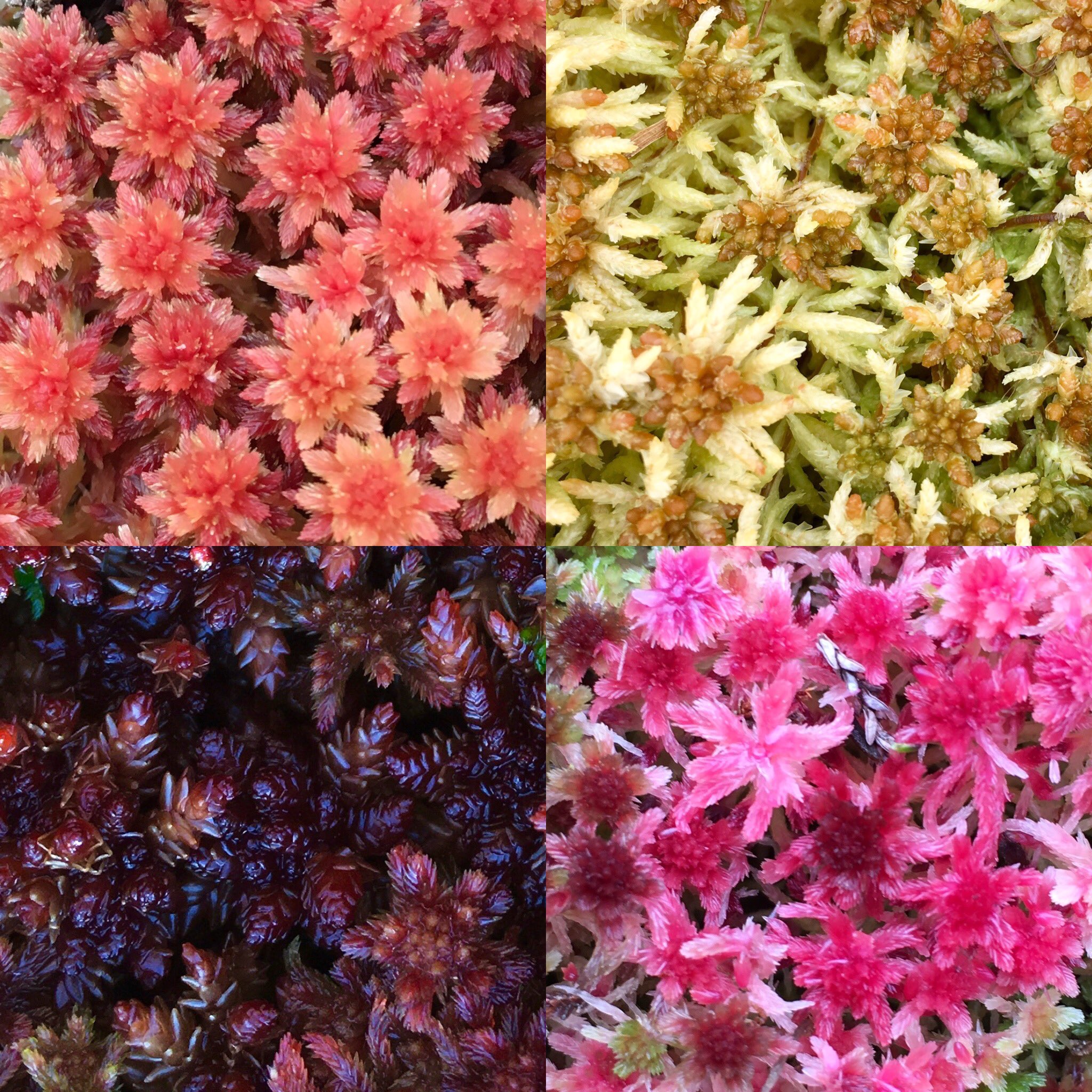

Various sphagnum sp Photo credit: Scott Shanks
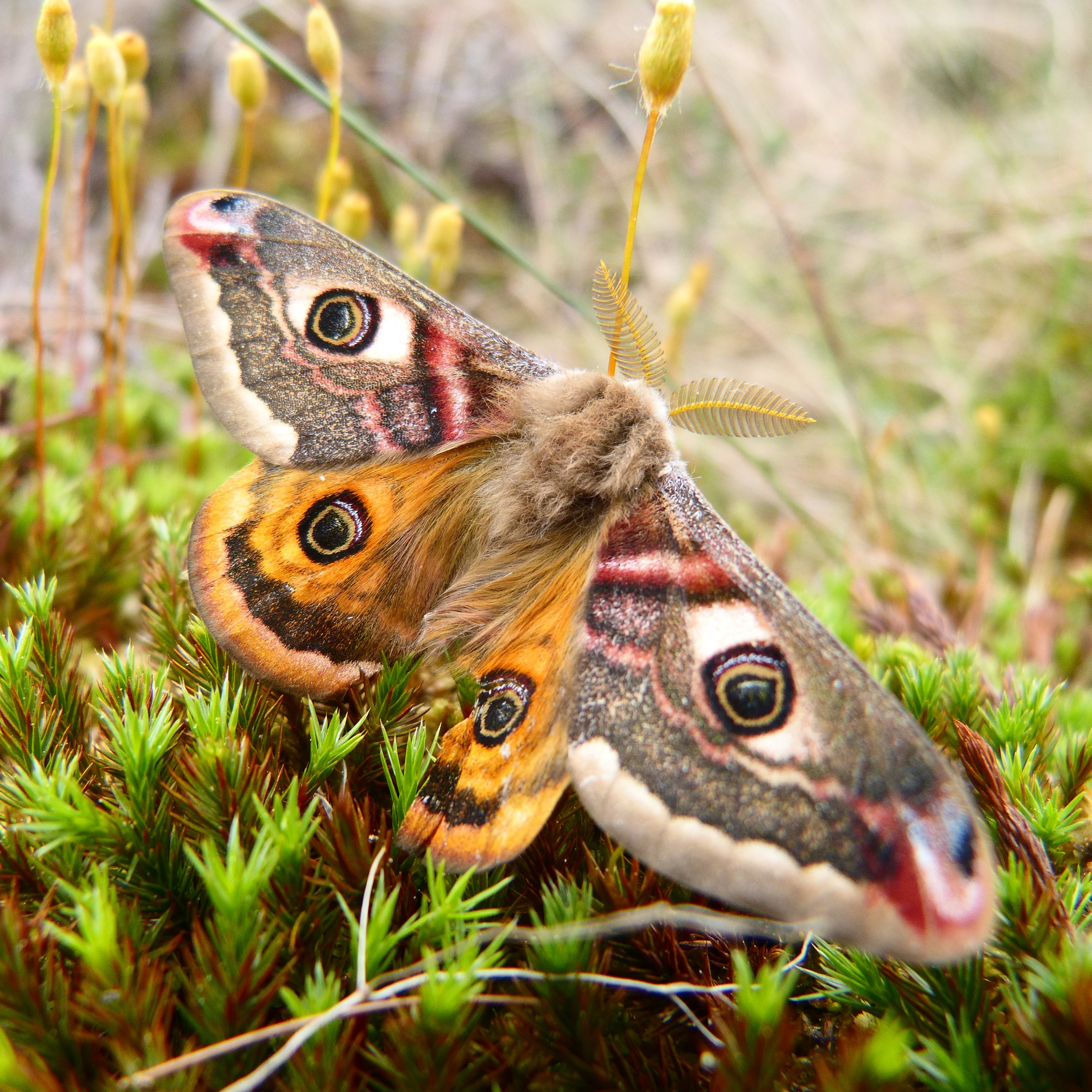

Emperor moth Photo credit: Melissa Shaw
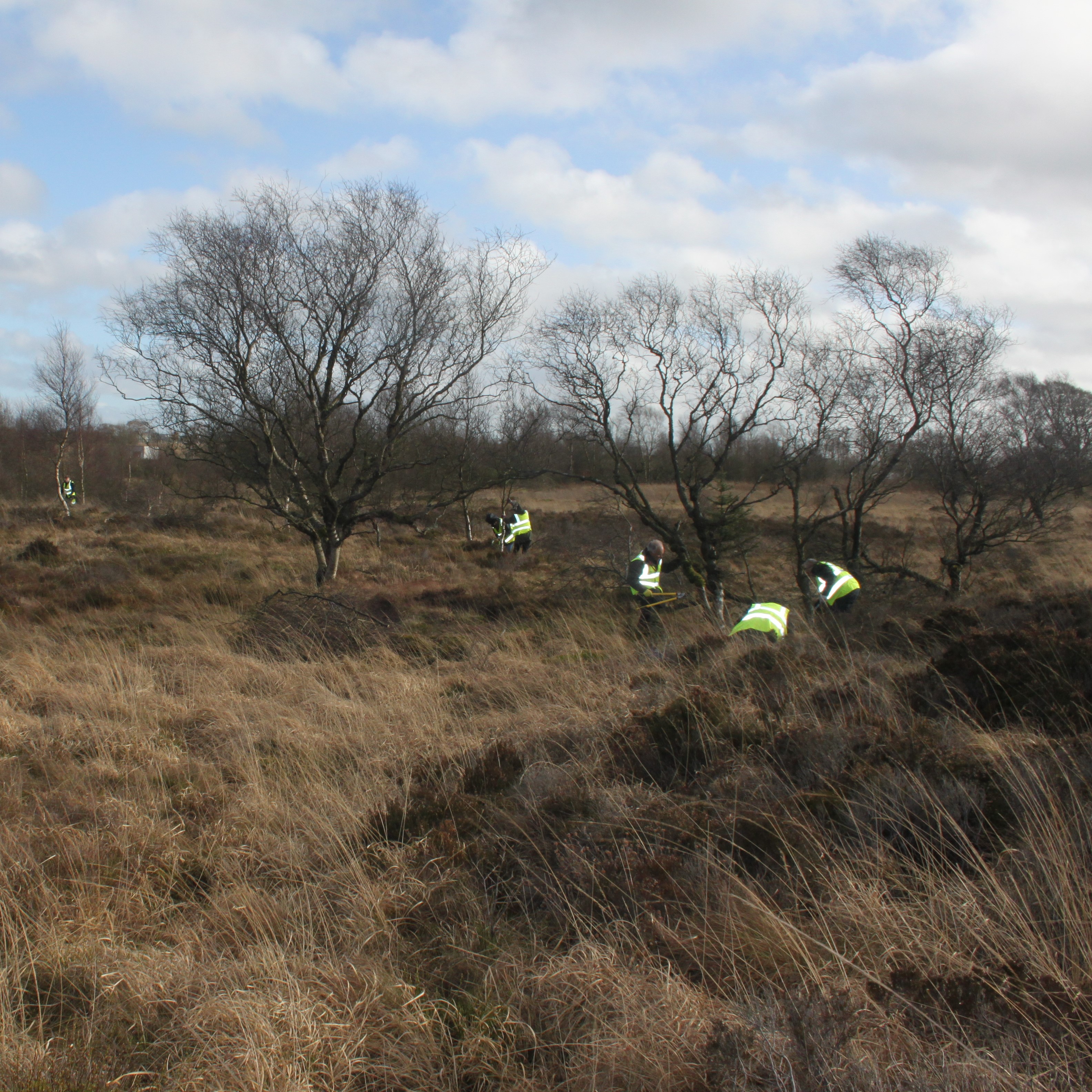

Scrub removal
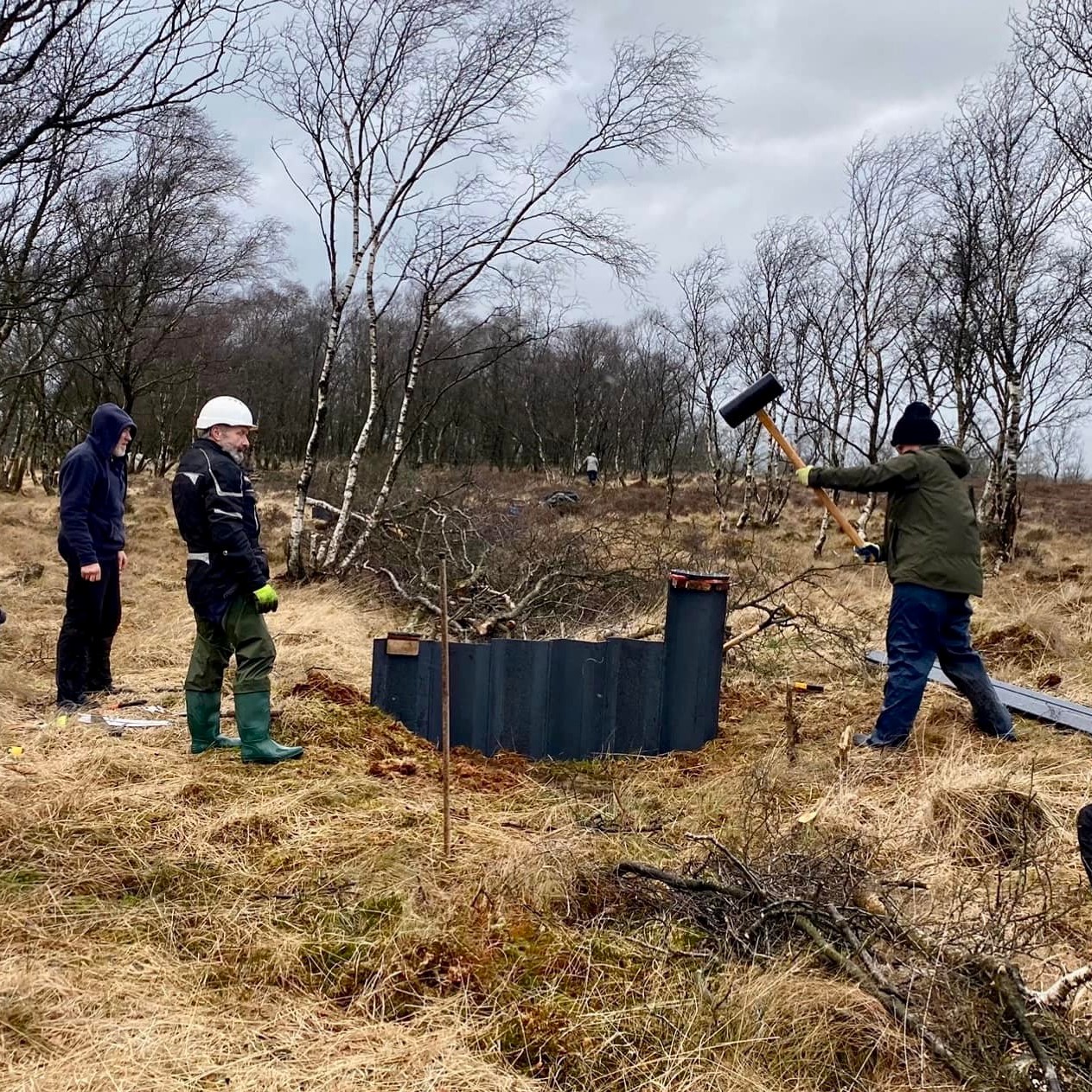

Installing the spiling
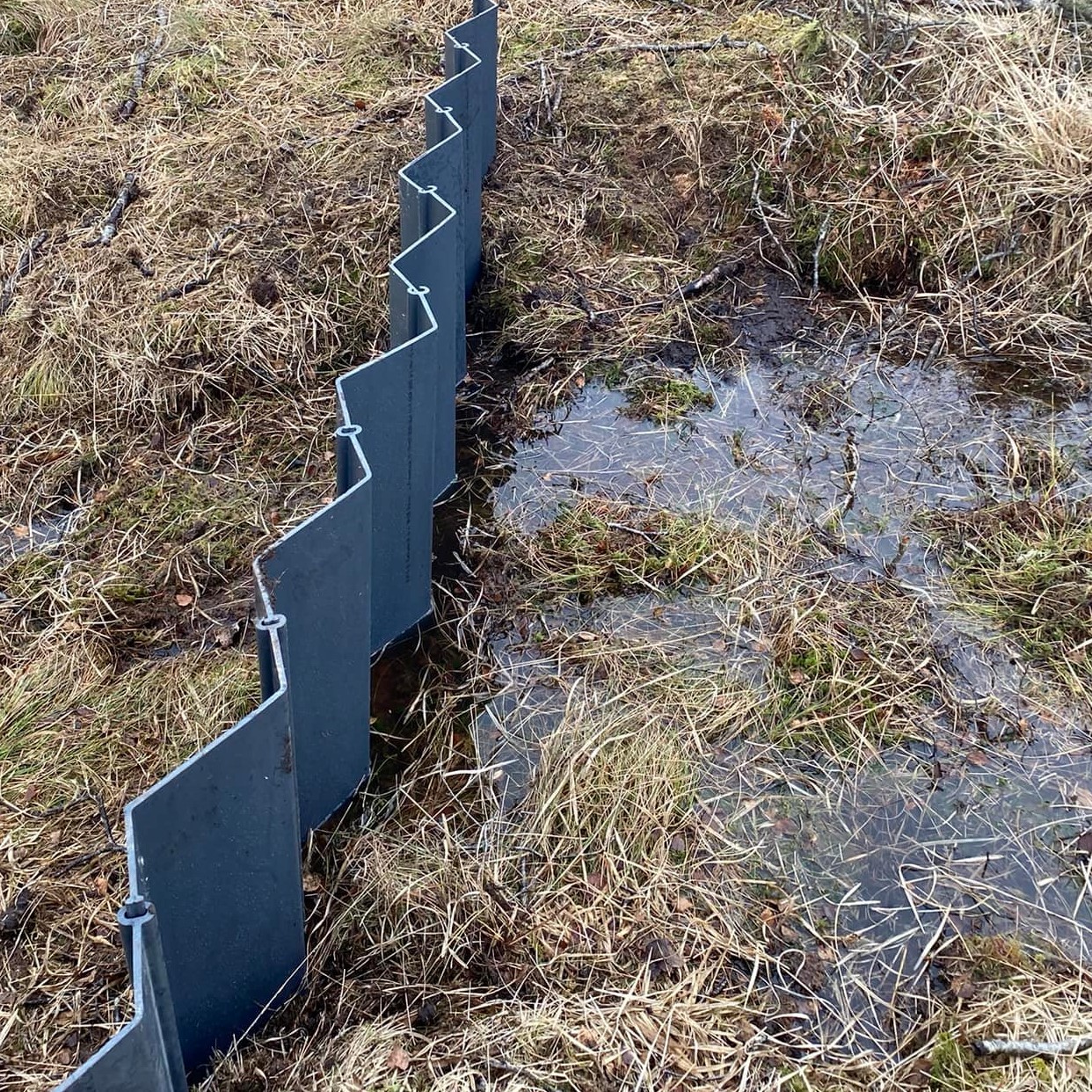

Plastic piling to help block ditches on the moss
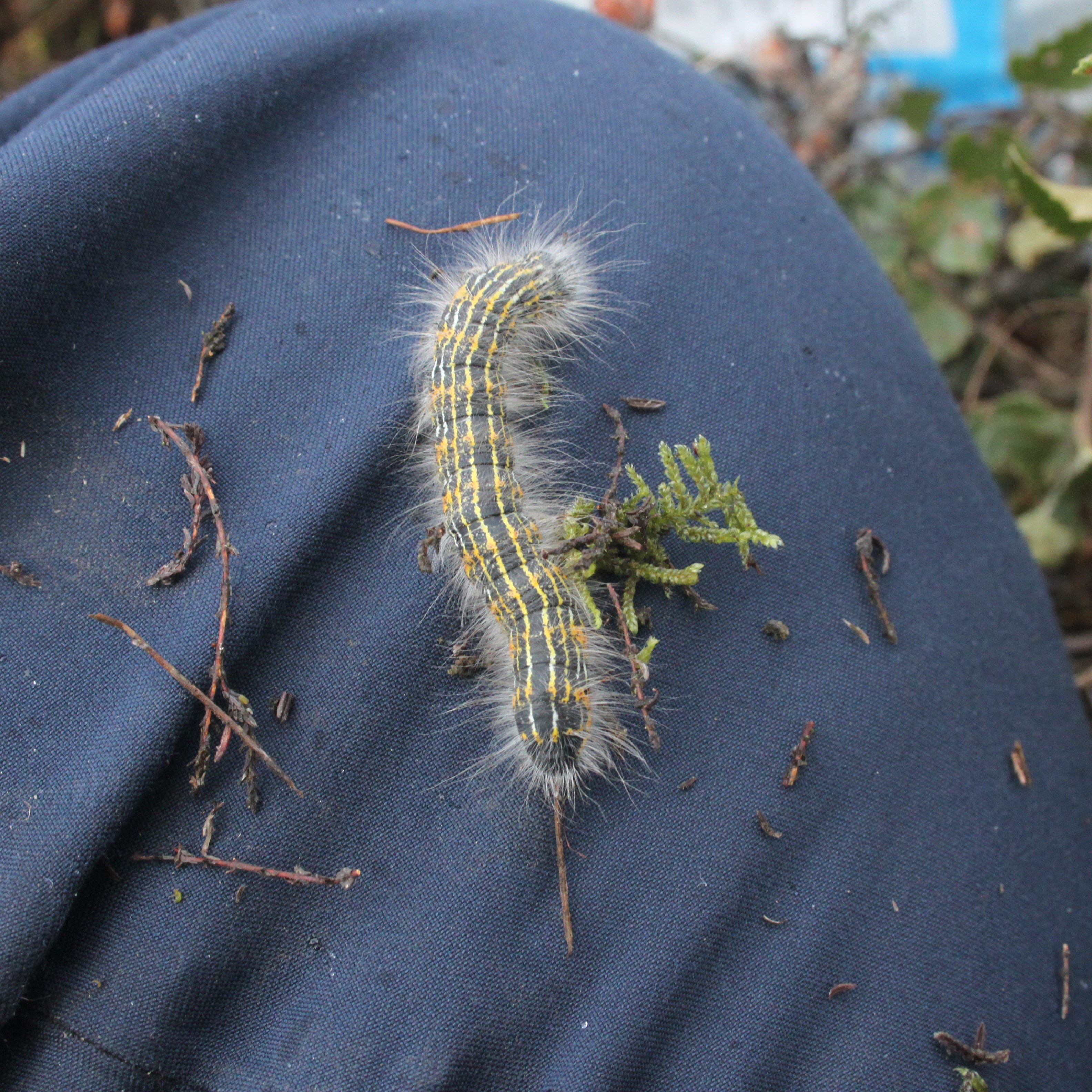

Buff tip moth caterpillar
Did you know?
Raised bogs are home to specialised carnivorous plants called sundews. These are like mini versions of the more familiar Venus fly traps, and lure insects to them with droplets of ‘dew’, which they then get struck to and are slowly enveloped by the plant’s tendrils and digested. The acidic habitats the sundew lives in don't provide enough nutrients, so it has evolved this carnivorous way of life to supplement its diet.

